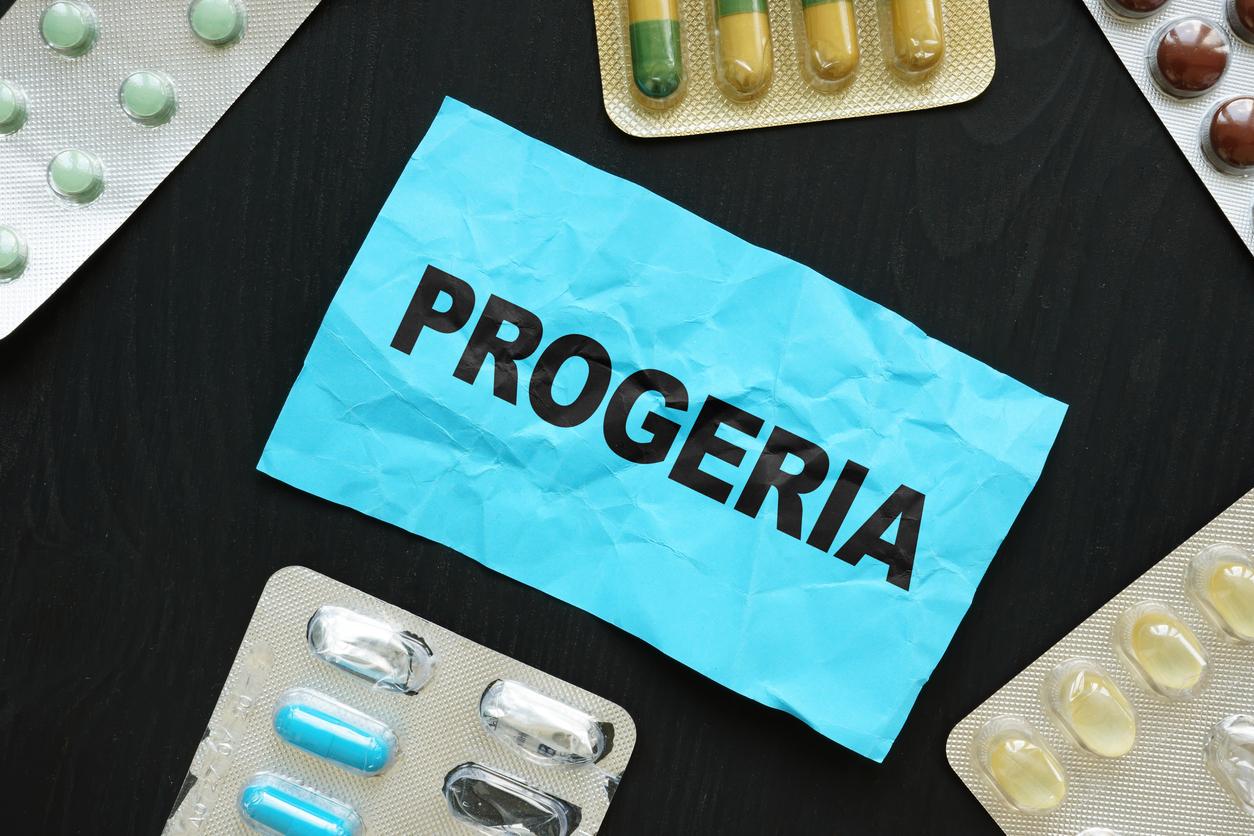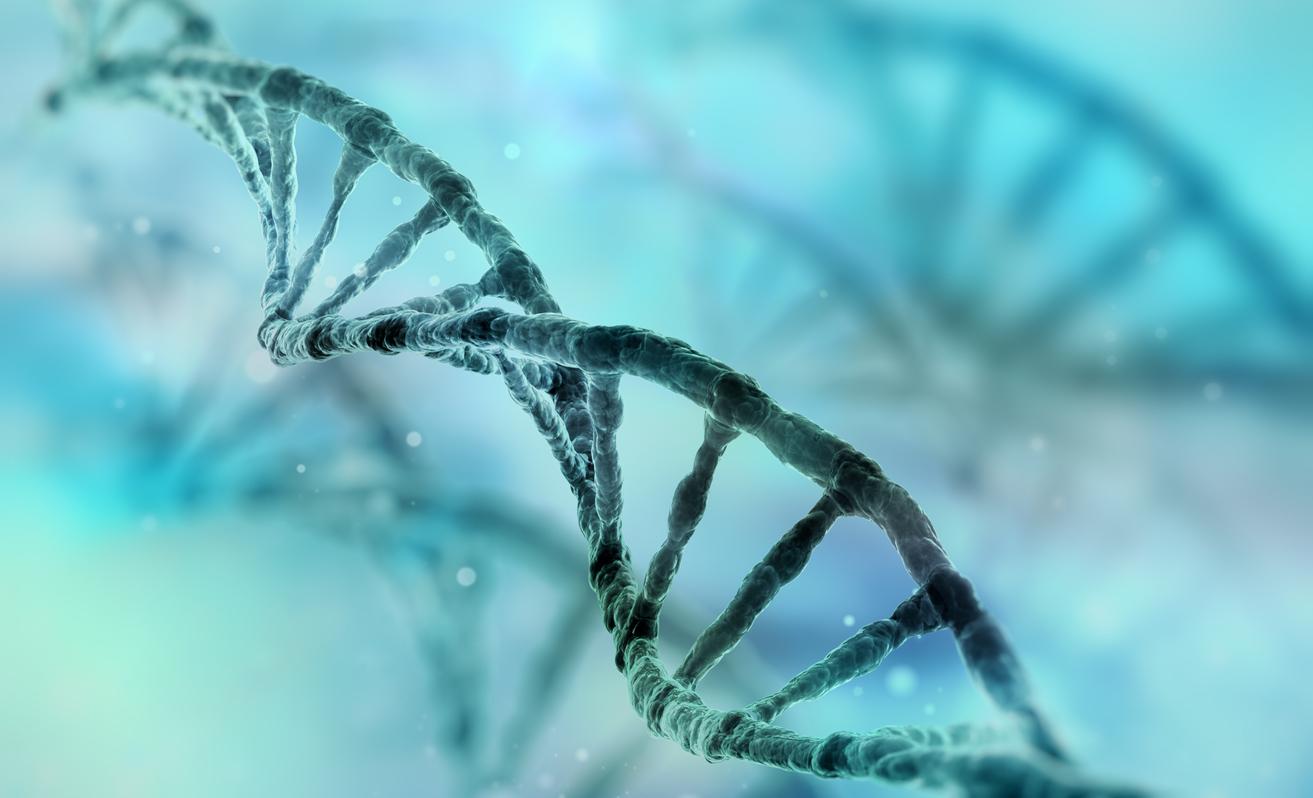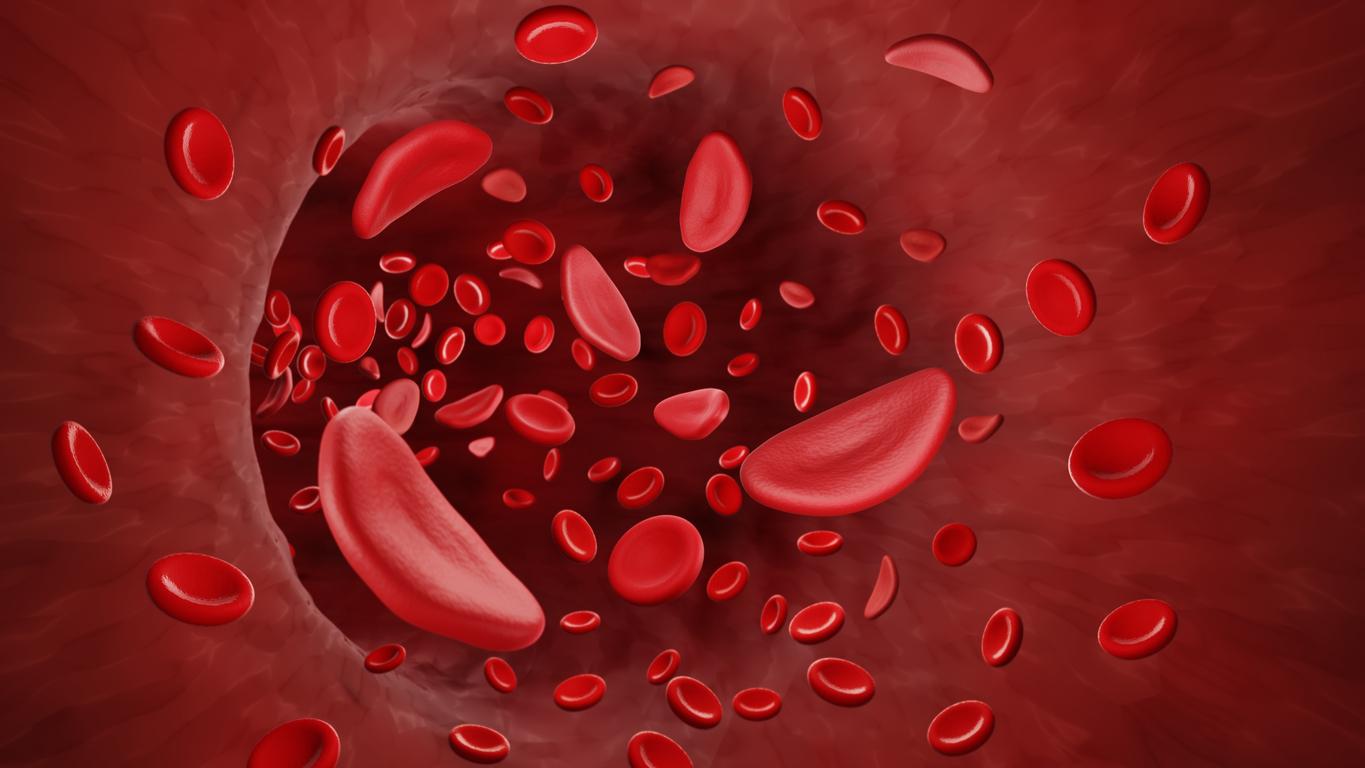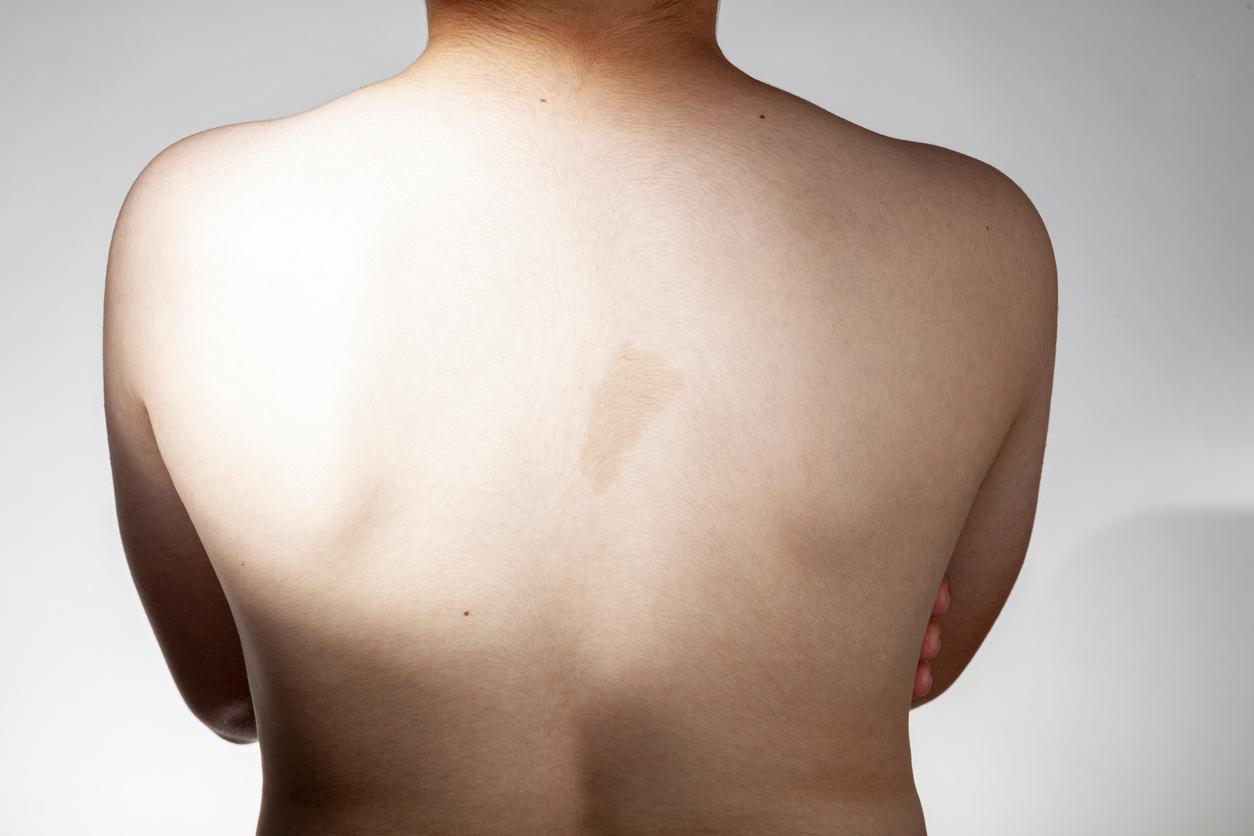This pathology causes an excess of iron in the blood, and is sometimes difficult to diagnose.

World Hemochromatosis Week is June 3-9. Its objective is to promote screening to accelerate the diagnosis of the disease. Testing is particularly recommended for a few regions, as some are more affected. In France, Brittany is more affected than the rest of the country.
A silent disease
“It started with stomach aches, says Jacqueline Lemarchand, suffering from hemochromatosis, at France Info. So my doctor referred me to a practitioner who, by chance, knew about this pathology”. Health professionals often struggle to diagnose the disease, because it manifests itself in symptoms that are common in other pathologies: stomach aches or headache, fatigue or joint pain Hemochromatosis generally appears around the age of 35 for men or between 45 and 50 for women.
Hemochromatosis causes excess iron in the blood. If nothing is done, it accumulates in certain organs, the liver for example or the heart. To diagnose it, it is necessary to carry out a blood test, then a genetic test. If the disease is confirmed, blood samples must be taken regularly to reduce the iron deposits in the organs. Since there is no treatment to permanently cure the disease, the patient must follow these procedures throughout his life. At the same time, it is essential to adapt your lifestyle by reducing alcohol consumption, which is harmful to the liver.
Gene mutations in the Celts
Hemochromatosis is the most common genetic disease in France, but it does not affect all regions in the same way. In Brittany, it concerns 0.5% of the population, against 0.3% of the total French population. Joël Demares, President of the Hemochromatosis Association West Brittany, explains on France Info : “It’s a genetic mutation that took place 3,000 years ago in the Celtic population. Over time and the evolution of lifestyles, the human body adapted, and created a hyperabsorption of iron. (…) These peoples then multiplied in closed circles”. The populations of Celtic origin are the most concerned, including the Irish or the Welsh.
For the association, it is necessary to measure iron and transferrin, the molecule which transports iron in the blood, consistently in 30-year-old men and 40-year-old women. In this way, doctors will be able to establish a diagnosis more quickly, and take care of it earlier to avoid complications.

.















